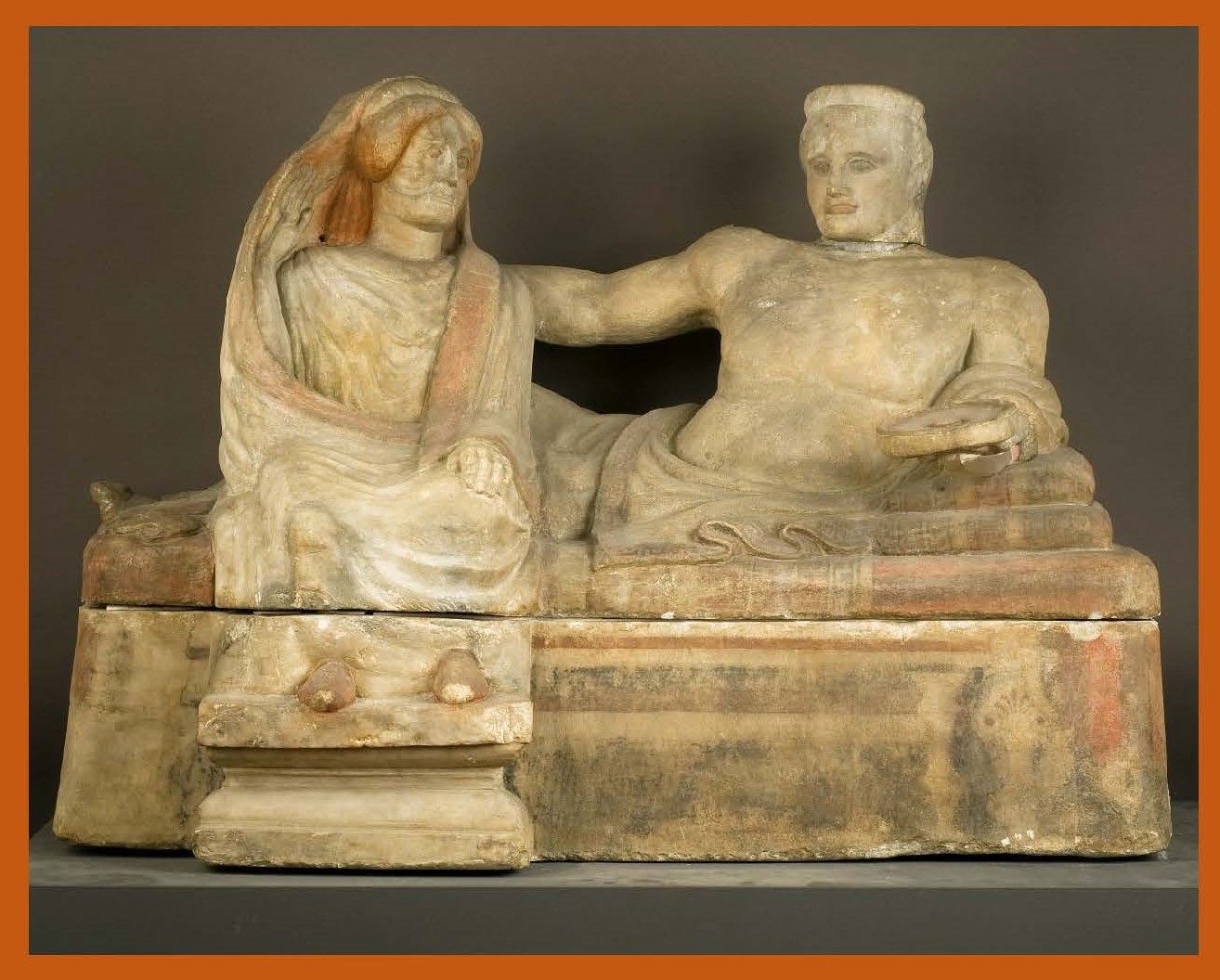La coppia: un’invenzione etrusca?
DOI:
https://doi.org/10.25365/wbagon-2022-4-6Schlagworte:
Etruschi, coppia, famiglia, matrimonio, urne, sarcofagiAbstract
Around 530 BC the Etruscans invented a form of representation of the spouses, one next to the other, on the same bed, which has no equivalent in Roman Republican culture, and probably corresponds to a particular notion of family: certainly the union of two families that preserve strong bonds after marriage, but probably also the union of two persons. I study this Etruscan married couple through urns and bisome sarcophagi, in which man and woman are represented next to each other. I argue that this idea of the couple lasted for almost five hundred years: it was reinvented in internal Etruria in the 3rd and the early 2nd century BC, probably because this area was less permeable to foreign notions of the couple (e.g. from Greece) and then it was revived at Perusia, where this idea flourished at the end of the 2nd century BC. I examine the significance of this exhibited proximity, which is peculiar of the Etruscans, to understand if the images of these couples show an attitude and a gratitude that goes beyond the moment of the marriage, that is affection and care toward the other.
Downloads
Veröffentlicht
Lizenz
Copyright (c) 2022 author

Dieses Werk steht unter der Lizenz Creative Commons Namensnennung 4.0 International.

